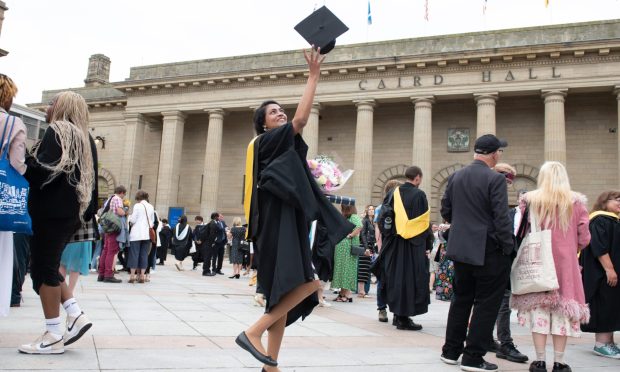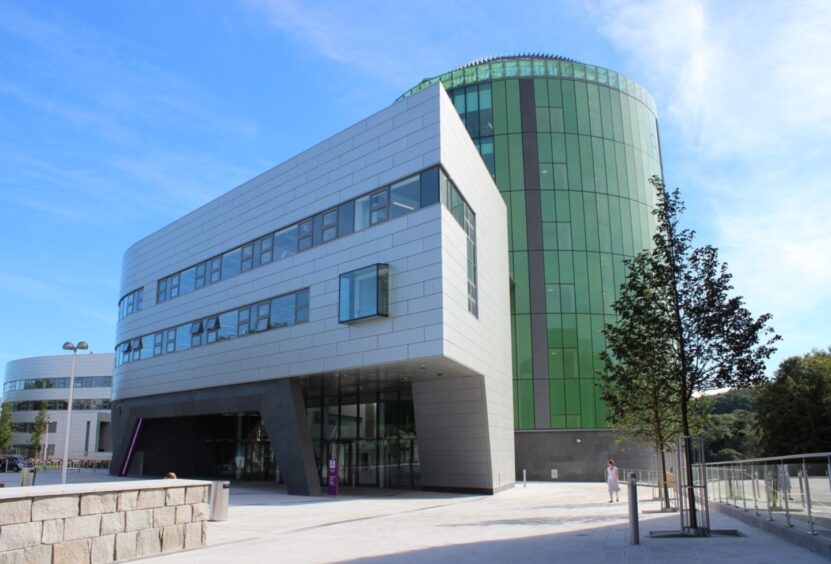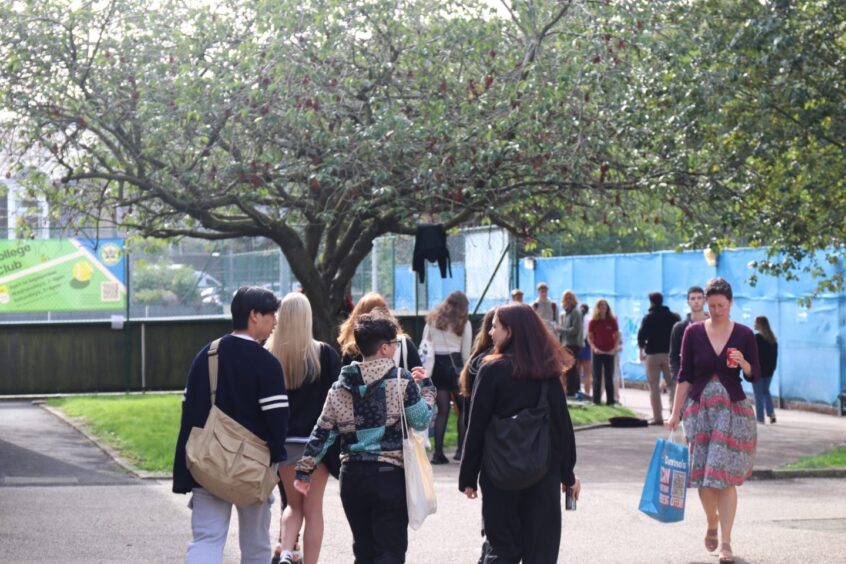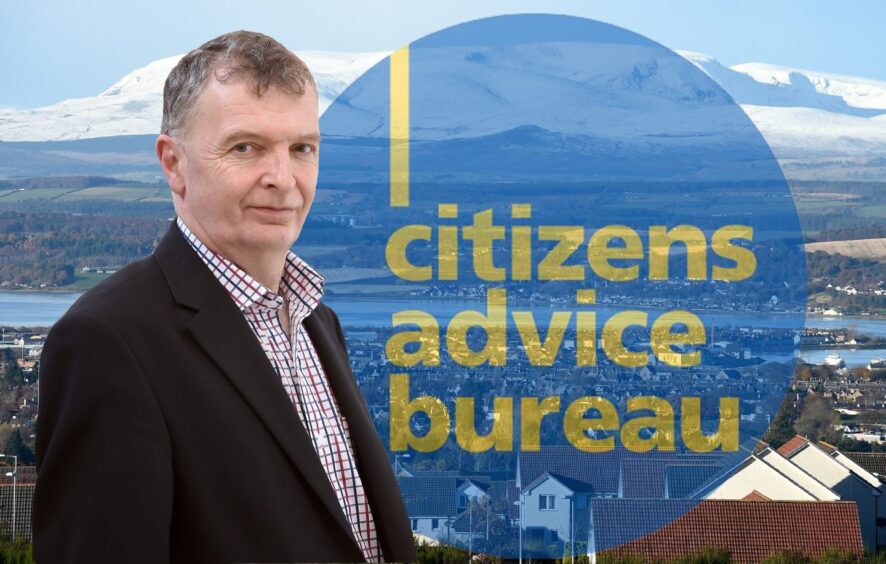When nervously filling out the dreaded personal statement all those years ago, my thoughts about university were mostly focused on programmes and opportunities.
One thing I did not think of was the £20,000 worth of debt I would be leaving with.
Looking at this year’s interest rates, maybe I should have done.
Like many Scottish students, I was very privileged to have my course fees paid for during my undergraduate degree at Robert Gordon University (RGU).
However, there were still the everyday costs of rent, bills, food and pricey Aberdeen transport to pay for.
Like many, I used a Student Awards Agency Scotland (SAAS) loan to cover my accommodation costs and worked to cover the rest with the thoughts of repayment seeming like a far off reality.
And in one way I was right.
It appears the reality of paying this all off is a lot further away now then it has ever been.
Higher interest rates make it harder to pay off initial debt
For those who started an undergraduate or postgraduate course on September 1998 or after are now seeing their student loan debt rising at a rate of 6.25% a year.
This is a higher rate than most pay for a mortgage.
It has increased in the last couple of years due to the high cost of borrowing and high inflation.
While it does not mean graduates will be paying more each month, it will probably affect how long it will take for a lot of people to repay the debt.
Graduates in Scotland start to pay back their loans when they earn more than £27,660 and repay 9% of anything they earn over that.
For example, if a graduate earns £33,000, they would pay 9% of £5,340 which is £480.60 a year.
But now the interest rate of 6.25% on what they owe makes it harder to clear the initial debt.
Adding to financial strain that awaits newly graduated students
Aberdeen University Student’s Union president, Vanessa Mabonso Nzolo, said it was another pressure students face when they graduate.
The recent graduate said: “Students said they’re aware of it but there’s so many other financial responsibilities as well going on with prices and inflation so that’s just another thing that they’re mentally preparing for when they graduate.”
Vanessa herself took out a student loan from her home country of Finland.
However the interest rate there is currently sitting at 3.2% and she said people are already “kicking off” about it.
“This is 6% it’s absolutely mad,” she said.
Looking at the current situation Scottish students face with many working to help cover costs the maintenance loan cannot, she added: “It’s adversely affecting mental health.
“In the last ten years we have never seen interest rates go this high for Scottish student loans so that is absolutely crazy.”
Need to bring the value back to education
While the debt is written off after 30 years of repaying on your debt due date or when you turn 65, the high interest rates make it more difficult to pay off the initial debt.
In the midst of a cost-of-living crisis, there is a growing number of graduates who will never pay off their loans.
This is reflected in the record £7.6 million owed in outstanding loan debt by students in Scotland announced earlier this year.
Vanessa said these figures could force many prospective students to avoid studying subjects such as in the creative and arts sector which typically do not lead to high paying jobs or further study altogether.
“That’s really unfortunate,” she said. “Because that really moves away from education being open to all.
“When there’s an economic crisis, education is one of those things that will always flag on the latter half of the priorities.
“It’s something that happens globally every time and we need to return to a discourse where education is something that can actually bring value to the economy and boost the economy.
“It’s just trying to bring that value back and that’s definitely a conversation we need to have.”
When asked if more could be done to help, Vanessa added maybe there could be discussion around fixed interest rates for student loans or making the repayment threshold higher.
‘Planning finances are important as planning the course’
Alasdair Christie, from Inverness, Badenoch and Strathspey at Citizen’s Advice Bureau (CAB) said since the pandemic, there has been a massive increase in people asking for financial advice.
Quite a few of these people are in this situation for the first time and are only one or two pay cheques away from losing their accommodation.
With graduates facing being in debt for much longer periods, the general manager added this can have a big impact emotionally.
Alasdair said: “I suppose the biggest impact of being in debt besides being in debt itself is the mental health stress that is caused. The impact on people’s health is enormous for being in debt.
“Especially in the Highlands there’s still quite a lot of stigma around being in debt and going bankrupt in small rural communities.
“And then there’s the tiredness effect. We know people that hold down two or three jobs and that’s tiring especially if there’s young children involved in the family situation.”
For anyone who is in a difficult situation or realises they are not coping, Alasdair encouraged them to contact their local CAB for help.
But for those who are looking at university bills with concern, he added: “I think there some very good budgeting tools available for students.
“I think people have got to look at it to make sure that they can cover their costs, they can afford to study, they can afford to eat and recognise it’s for a period of three or four years of their lives.
“Planning their finances is probably equally as important as planning the course that somebody wants to go on.”






Conversation